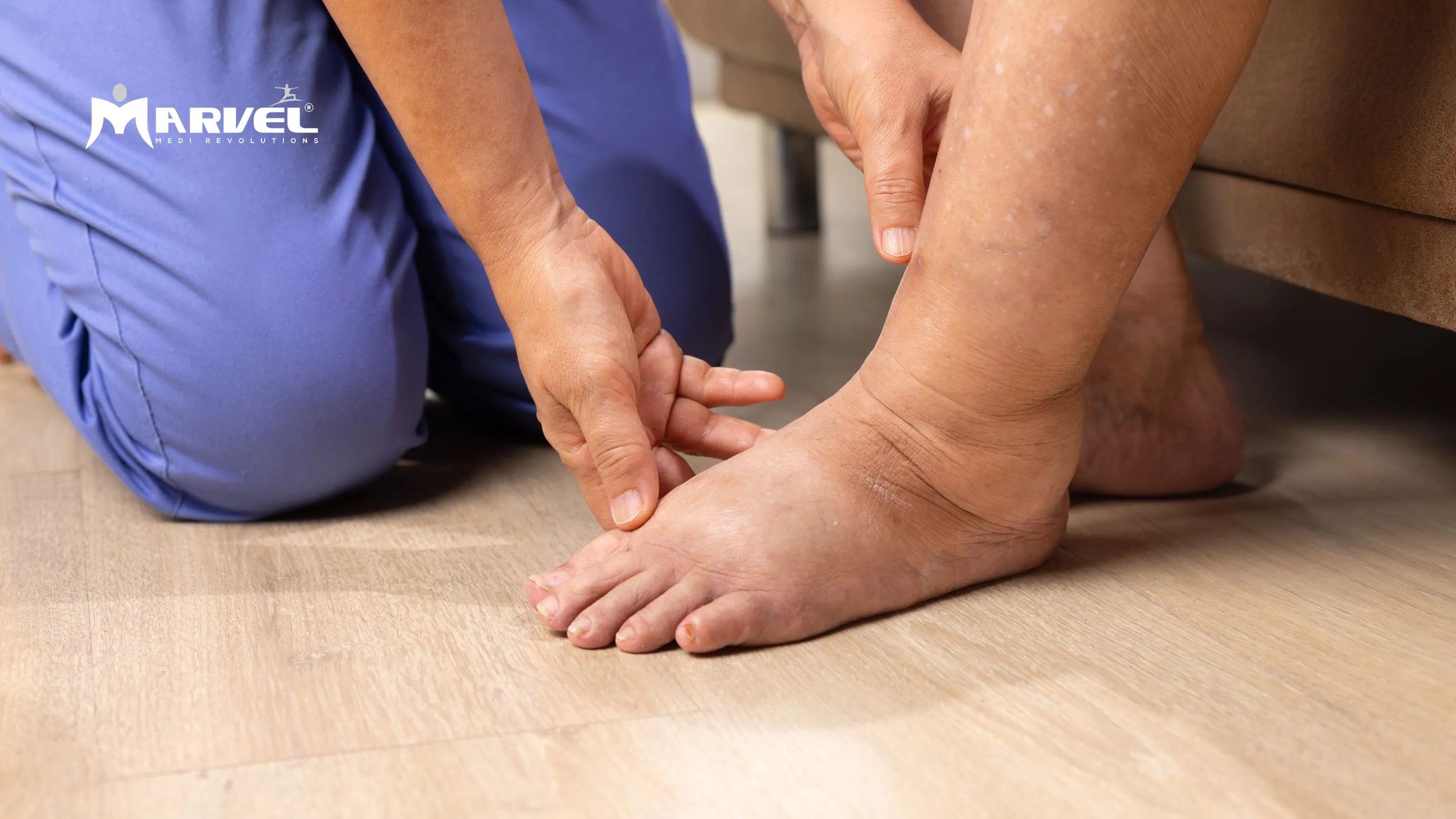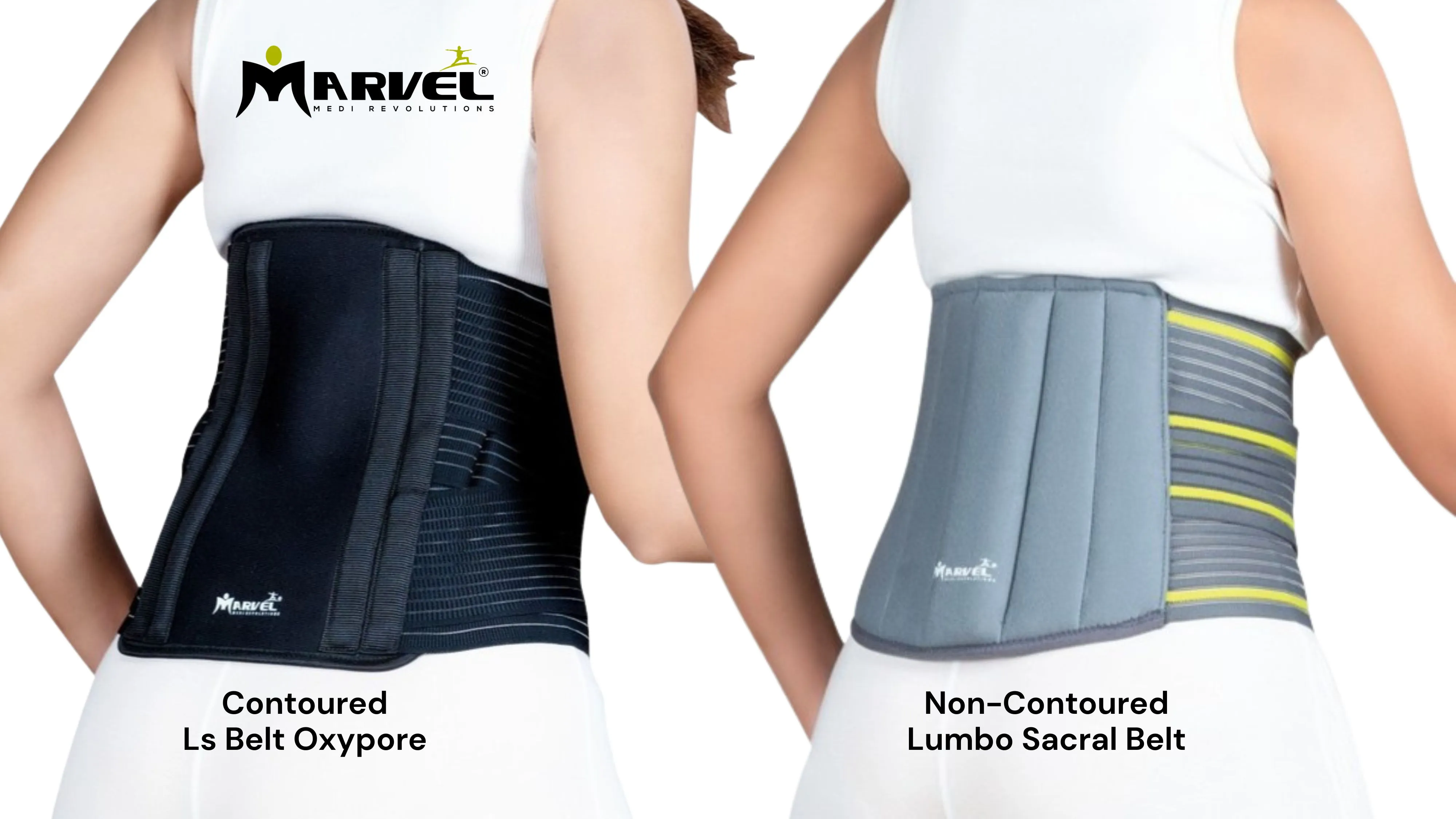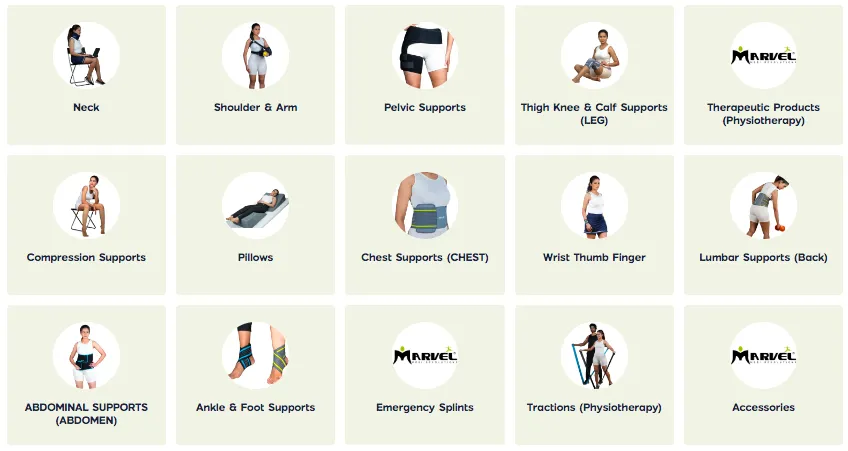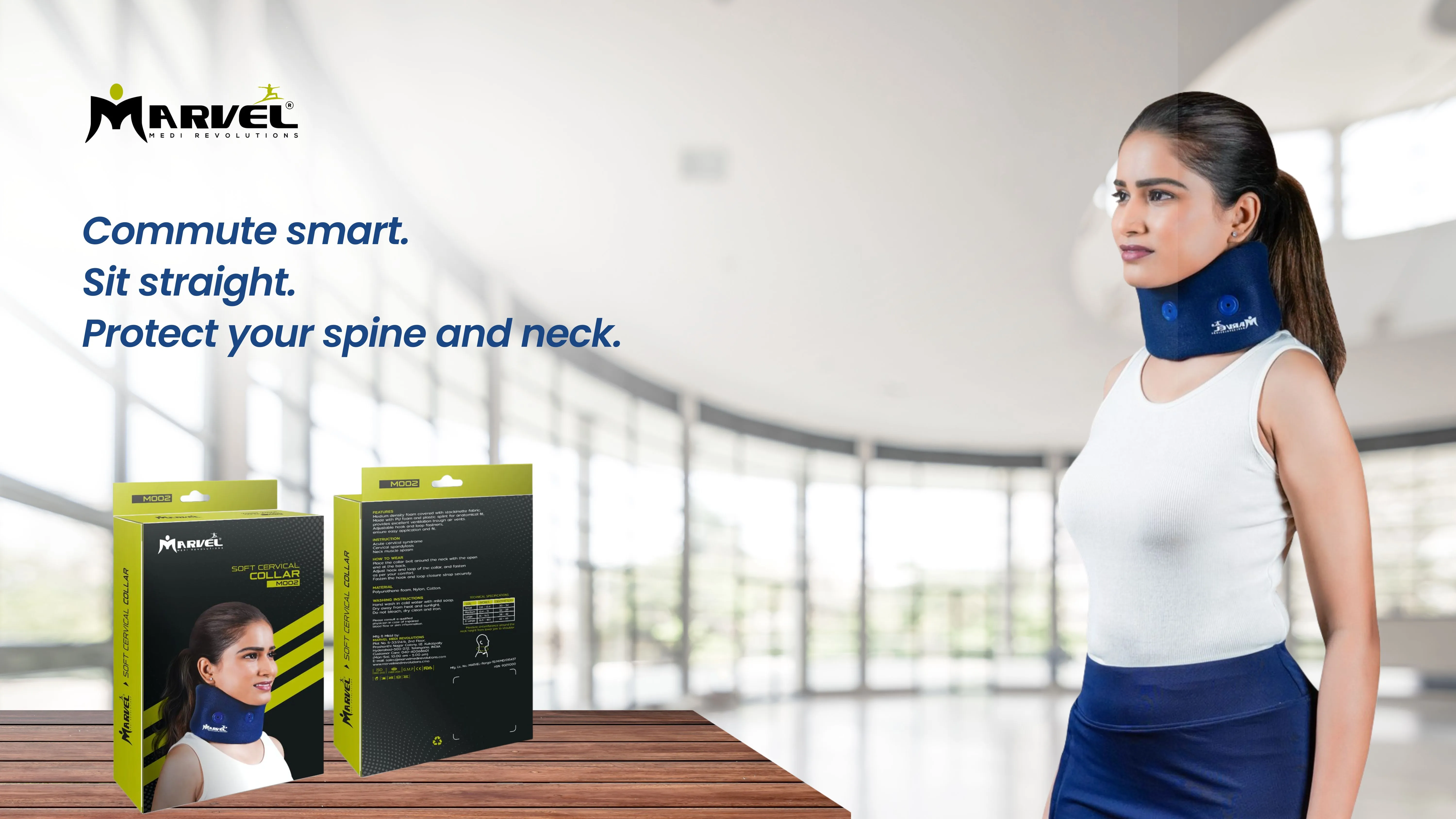For many people living with diabetes, the foot is often the most overlooked part of the body—until a small wound, blister, or infection changes everything.
Numbness, poor circulation, and slow healing in diabetic feet can lead to ulcers, gangrene, or even amputation if not cared for properly.
But here’s the good news: MCP Footwear is specially designed to protect diabetic feet before problems begin.
Let’s explore what MCP footwear is, how it works, and why ignoring diabetic foot care is no longer an option.
What Is MCP Footwear?
MCP stands for Micro Cellular Polymer, a medical-grade cushioning material that is:
-
Super soft & pressure-relieving
-
Lightweight & flexible
-
Shock-absorbing
-
Skin-friendly & non-irritating
MCP soles are incorporated into custom or ready-made diabetic footwear to protect sensitive feet from daily stress, pressure, and hidden injuries.
Design of MCP Footwear: Thoughtfully Engineered for Diabetic Feet
Unlike regular shoes, MCP diabetic footwear is clinically designed with both comfort and safety in mind. Its key features include:
-
Extra Depth & Broad Width – Prevents toe crowding and reduces friction
-
MCP Insole Layer – Distributes body weight evenly, relieving pressure points
-
Soft, Seamless Interiors – Avoids cuts, shoe bites, or irritation
-
Protective Toe Box – Shields toes from accidental bumps and trauma
-
Non-Slip Sole Grip – Reduces the risk of slips and falls
Uses of MCP Footwear
MCP footwear is beneficial for:
-
Everyday walking (indoors & outdoors)
-
Diabetic neuropathy patients with nerve loss
-
Post-surgery or ulcer recovery
-
Foot deformities, calluses, or corns
-
Preventing new wounds or recurrence of ulcers
Key Benefits of MCP Footwear
-
Pressure Redistribution
Relieves stress on the heel and forefoot where ulcers are most common. -
Friction & Shear Reduction
Protects skin from tearing and blistering due to rubbing. -
Improved Stability & Comfort
Minimizes fatigue and supports long hours of walking. -
Infection Prevention
Prevents hidden injuries, cuts, or blisters that can lead to infections. -
Better Blood Flow & Alignment
Maintains natural foot posture without compressing nerves or vessels.
When Should You Replace Your MCP Footwear?
Like all medical support products, diabetic footwear has a limited lifespan. Replace your MCP shoes if:
-
The sole becomes flat or hard
-
You feel new pain or discomfort while walking
-
The MCP layer shows cracks or wear
-
It’s been 6–12 months of regular use (depending on activity level & foot condition)
-
You notice new wounds or foot shape changes
Don’t Ignore Your Feet
Diabetic foot complications are preventable with the right footwear and timely care. MCP footwear isn’t just about comfort—it’s about protection, mobility, and independence.
If you or a loved one is diabetic, don’t wait for a problem to arise.
Invest in the right footwear today, because your feet deserve care, every step of the way.
Explore our complete Diabetic Footcare Range and take the first step towards healthier, safer walking.






